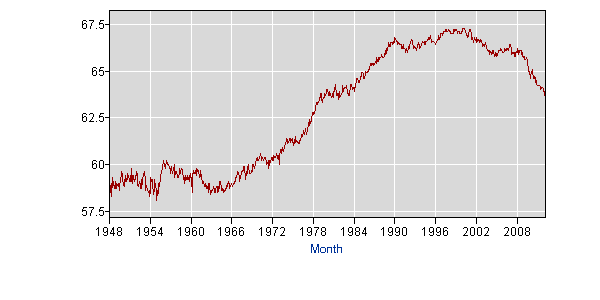ADP Numbers for May 2012: More Jobs but Not Enough
May Monthly Jobs Numbers
Friday, June 1st.
Check back then!
The monthly jobs report from the payroll processor ADP is usually seen as a bellweather of the national jobs report from the Bureau of Labor Statistics that is released a couple of days later. This morning's ADP report seems to indicate stronger job growth than last month, but still "lackluster".
Employment in the U.S. nonfarm private business sector increased by 133,000 from April to May on a seasonally adjusted basis.
From MSNBC's Money, under a headline that says "Stock Futures Retreat on Weak Economic Data":The estimated gain from March to April was revised down modestly, from the initial estimate of 119,000 to a revised estimate of 113,000. Employment in the private, service-providing sector increased 132,000 in May, after rising a revised 119,000 in April. Employment in the private, goods-producing sector increased 1,000 in May. Manufacturing employment dropped 2,000 jobs, the second consecutive monthly decline.
ADP's employment report showed companies created 133,000 jobs in May, underwhelming expectations. Economists had expected the private sector to have added 148,000 jobs in May, according to Thomson Reuters. In April, companies created 119,000 jobs.
When attempting to make any sense of this ADP report, here are a few things to consider:
- This is an estimate based on ADP's survey of its payroll processing private-sector clients. Over time, it moves in parallel with the government's BLS Establishment numbers, but it is not perfectly in synch with the government's numbers. Also, the government reports may be more accurate in tallying small startups which may not be using a payroll processing service. The ADP numbers usually run about 300,000 to 600,000 lower than the BLS private jobs numbers in total jobs, not in increases or decreases of jobs.
- To reiterate what I mentioned last month, one of the things that seems to be more prevalent recently is that the stock market moves up or down not in concert with any reports of job growth (we haven't had any decline in total private jobs in two years.), but in concert with reports of job growth compared to what the pundits THINK the reports should say. This ADP report, if supported by BLS data, still shows an increase of 133,000 jobs, which is an improvement from last month, but the pundits expected 148,000 jobs so it is seen as a disappointment.
- Headlines are usually sensational and often absurd.
The ADP report also shows that small (1-49 employees) and medium sized companies (50-499 employees) in the service-providing sector (vs. the manufacturing "goods-providing" sector) added the most jobs last month. These segments were responsible for 118,000 of the added jobs.













